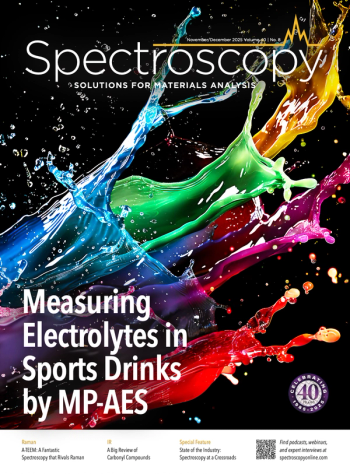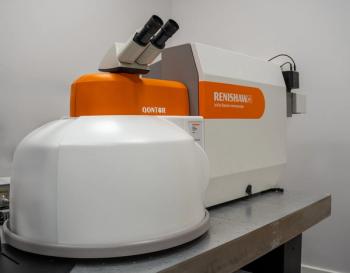
A New Methodology for Identifying and Classifying Space Debris
A recent study examines using hyperspectral imaging (HSI) to analyze single-pixel images of space objects.
The skies above Earth are increasingly becoming filled with more objects such as satellites and probes. Because outer space is becoming more congested with celestial and manmade objects, it has become more important for scientists to use and implement methods that can easily classify these objects. According to a recent study published in Scientific Reports, hyperspectral imaging (HSI) can help on this front (1).
HSI captures and processes information across a wide range of the electromagnetic spectrum (2). It is considered an advanced imaging technique because it divides the spectrum into many more bands, often extending into the infrared (IR) and ultraviolet (UV) regions (2,3). HSI has been used in space exploration applications providing detailed information about the composition and properties of various objects in space, including planets, moons, asteroids, and even artificial satellites (4).
This study was led by Massimiliano Vasile at the University of Strathclyde. The research focuses on extracting and analyzing hyperspectral signatures from single-pixel images of space objects, with the goal of determining their material composition and subsequently classifying them into predefined categories (1).
The methodology presented in the study uses two distinct techniques for material identification: one was based on machine learning (ML) and the other was based on a least-squares match with a library of known spectra. HSI captures data across a wide range of wavelengths, allowing for a detailed analysis of the materials present on an object (1). By analyzing this data, the researchers were able to decompose the hyperspectral signal into the relative contributions of different materials (1).
In the pipeline the researchers developed, the ML model was trained on synthetic data designed to mimic real-world scenarios. This training approach was necessary because of the lack of available data on actual space objects. By simulating the hyperspectral signatures of various materials, the team was able to create a robust model capable of generalizing to unseen objects, which is crucial given the unpredictable nature of space debris (1).
The study also investigated how the classification models perform when the materials on the space object are weathered or when the training library lacks a material present on the object. These scenarios are particularly challenging because they introduce discrepancies between the training data and the real-world observations (1).
As a result, the research team sought to resolve these challenges. The researchers demonstrated that their model could estimate the probability of each material being present, which then fed into a second model that classified the object into one of several predefined categories (1). These categories include known satellite types as well as unidentified flying objects (UFOs), which could not be matched with any known material in the library (1).
A critical aspect of the pipeline is its ability to explain its classification decisions. In cases where an object was misclassified, the researchers found that the pipeline's detailed analysis of material presence allowed them to understand and explain the reasons behind the error (1).
The research also introduces a technique to derive a probability score from the ML model, which captures the uncertainty in the classification process. This score not only helps in assessing the reliability of the classification, but it also enhances the explainability of the model (1). By tracing uncertainty in classification back to uncertainty in material presence, the researchers have provided a powerful tool for improving the accuracy of space object identification (1).
Although the current system shows promising results, the authors acknowledge that a more comprehensive classification system would require an expanded library of known materials, with consideration for material degradation over time. They also note that acquiring spectra from actual space objects with known compositions would be necessary for further validation of the methodology (1).
References
(1) Vasile, M.; Walker, L.; Campbell, A.; et al. Space Object Identification and Classification from Hyperspectral Material Analysis. Sci. Rep. 2024, 14, 1570. DOI:
(2) Wetzel, W. Hyperspectral Imaging: An Examination of an Emerging Field in Spectroscopy. Spectroscopy. Available at:
(3) Specim, What is Hyperspectral Imaging: A Comprehensive Guide. Specim. Available at:
(4) Li, Q.; Zhao, R.; Miao, X.; et al. Simulation of an Algorithm for Space Target Materials Identification Based on vis-NIR Hyperspectral Data. Spectroscopy 2022, 37 (7), 28–35,42. DOI:
Newsletter
Get essential updates on the latest spectroscopy technologies, regulatory standards, and best practices—subscribe today to Spectroscopy.



